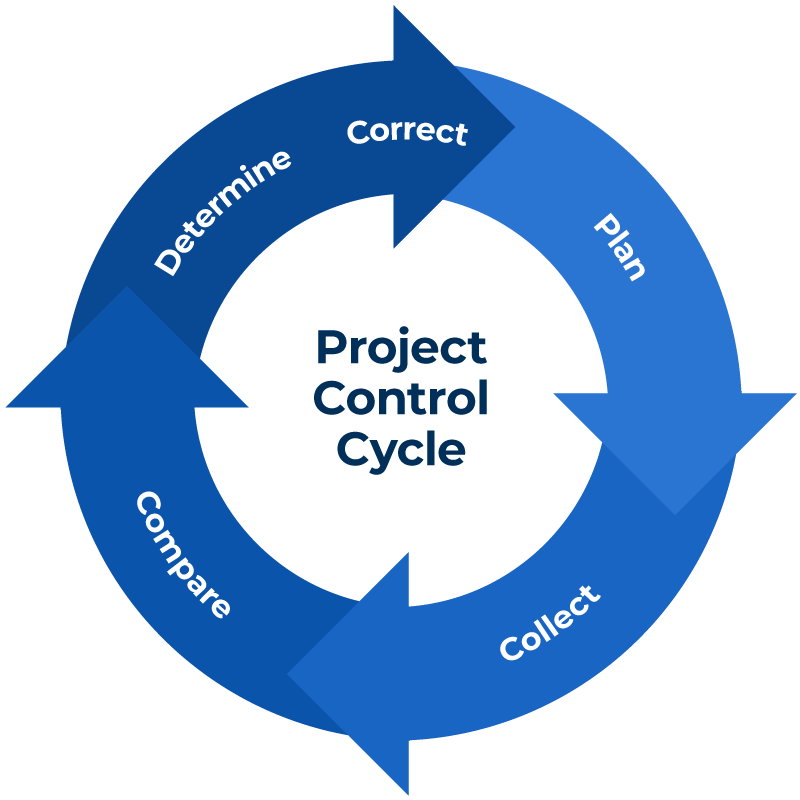In this blog post, we’ll delve into the critical importance of controlling yourself in project management, just like a meticulous Chicago reporter on the trail of a breaking story. The ability to control yourself empowers project managers to maintain unwavering focus, skillfully prioritize tasks, and make sound decisions amidst the whirlwind of project demands. Additionally, we’ll explore the pivotal role photography plays in the project management landscape, acting as a diligent Chicago reporter capturing every crucial detail and milestone to document project progress. Join us as we uncover the profound impact of self-control and photography in successful project management.
How does effective planning contribute to project success?
Effective planning sets the foundation for project success by outlining clear objectives, defining project scope, and identifying the necessary resources and timelines. It involves breaking down the project into manageable tasks, establishing dependencies, and creating a comprehensive project plan. A well-planned project increases the chances of meeting deliverables on time, within budget, and with desired quality.
Effective planning and controlling are essential for project success. By diligently following the steps of project planning, including defining objectives, creating a work breakdown structure, estimating resources, and developing a project schedule, you can ensure that your project stays on track. Additionally, practicing self-control as a project manager and leveraging photography as a documentation tool can further enhance your project control capabilities. By incorporating these strategies, you’ll be better equipped to save time, reduce risks, and achieve successful project outcomes.
What are the essential steps in project planning?
Project planning typically involves the following steps:
- Defining project objectives: Clearly articulate the goals and outcomes the project aims to achieve.
- Identifying project scope: Determine the boundaries and constraints of the project, including what is included and excluded.
- Creating a work breakdown structure: Break the project into smaller, more manageable tasks.
- Estimating resources: Identify the people, equipment, and materials needed to complete each task.
- Developing a project schedule: Determine the sequence and duration of each task, taking into account dependencies and constraints.
- Assessing risks: Identify potential risks and develop strategies to mitigate them.
- Creating a communication plan: Establish effective channels of communication within the project team and stakeholders.
Effective planning and controlling are essential for project success. By diligently following the steps of project planning, including defining objectives, creating a work breakdown structure, estimating resources, and developing a project schedule, you can ensure that your project stays on track. Additionally, practicing self-control as a project manager and leveraging photography as a documentation tool can further enhance your project control capabilities. By incorporating these strategies, you’ll be better equipped to save time, reduce risks, and achieve successful project outcomes.
Our official website and dive into the enthralling world of Chicago-style project management stories. Discover how incorporating these strategies can elevate your project control capabilities and lead to triumphant outcomes. Get ready to embark on a captivating journey, just like reading more enthralling Chicago stories, as we uncover the secrets to successful project planning and control. Visit our website: https://chreporter.com/, today to unlock the full story.





























